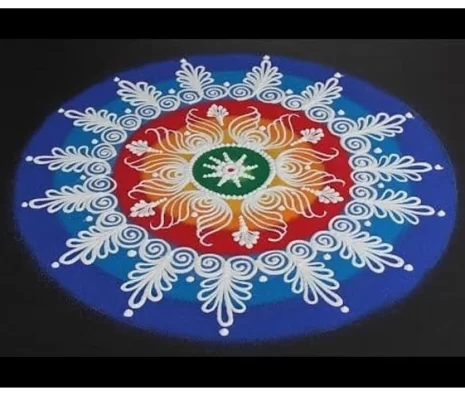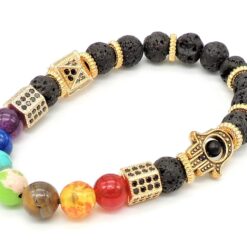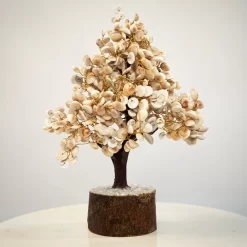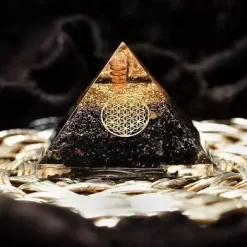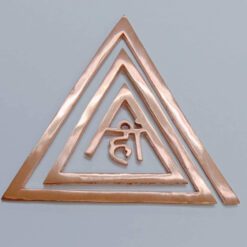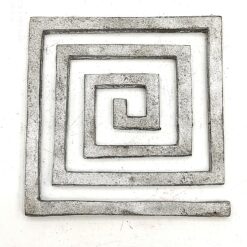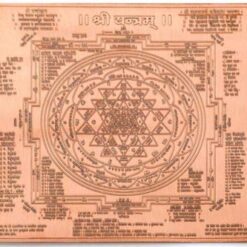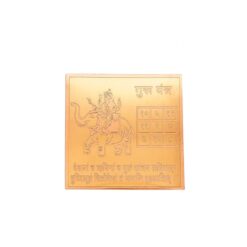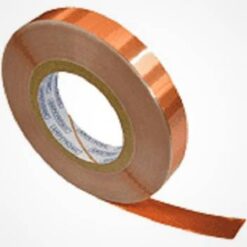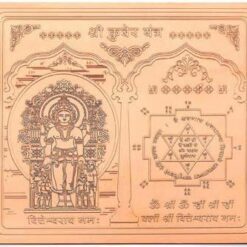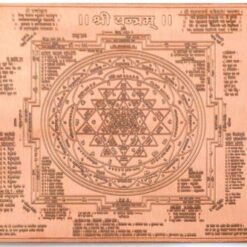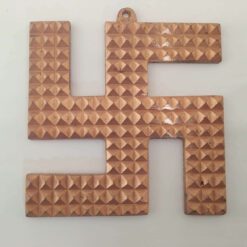Wavs
15 Latest Rangoli Designs for Diwali 2024
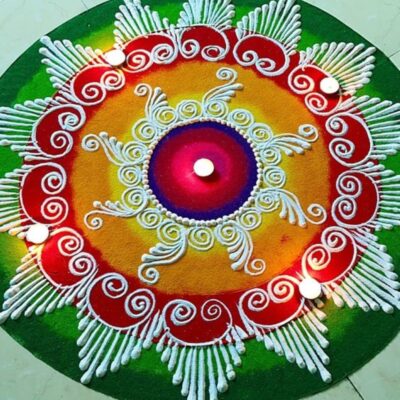
Rangoli designs are a traditional art form originating from India, characterized by intricate patterns and vibrant colors. Typically created on the ground or floor, rangolis are popular during festivals and special occasions such as Diwali, Pongal, and weddings. They serve not only as decorative elements but also hold cultural and spiritual significance.
The creation process begins with cleaning and smoothing the designated area, followed by outlining the design with white powder or chalk. Artists then meticulously fill in colors using powdered dyes, rice flour, or flower petals, often improvising to create symmetrical and geometric patterns. These designs may feature intricate motifs like flowers, birds, and religious symbols, symbolizing auspiciousness, prosperity, and welcoming of guests.
In addition to their aesthetic appeal, rangolis hold symbolic meanings. They are believed to invite prosperity and ward off negative energy when placed at entrances. During festivals, rangolis surround idols and altars, serving as expressions of devotion and inviting divine blessings into homes.
Regional variations exist, each with unique styles and patterns. For instance, Kolam in Tamil Nadu and Alpana in West Bengal showcase distinct regional aesthetics and cultural influences. Modern adaptations of rangoli art incorporate contemporary themes and techniques, including 3D effects and abstract designs, while competitions and exhibitions celebrate the skill and creativity of artists.
Few latest Rangoli designs ideas are as follows:
1. Peacock Rangoli Design
A peacock rangoli design typically begins with a clean and smooth surface, often at the entrance of homes during festivals or special occasions. The design is outlined using white chalk or powder to define the basic structure.
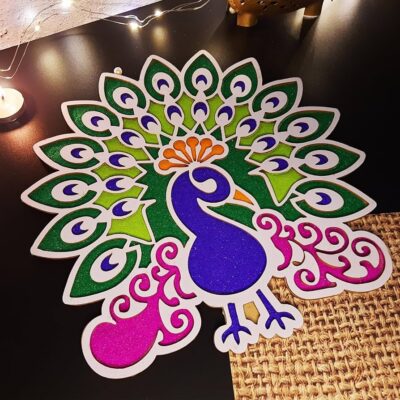
2. Swastik Rangoli Design
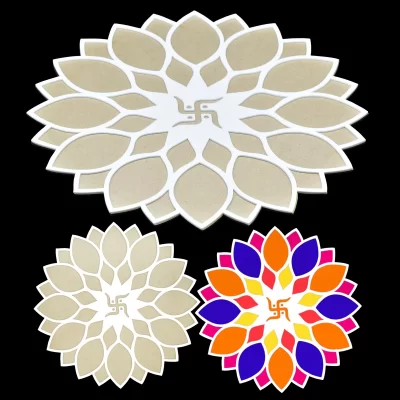
3. Geometric Rangoli Designs
Geometric rangoli designs are characterized by their intricate patterns and precise symmetry, often incorporating geometric shapes such as circles, squares, triangles, and intricate lines. These designs are created with vibrant colors and meticulous detailing, typically at entrances during festivals and celebrations to symbolize harmony, order, and auspiciousness.
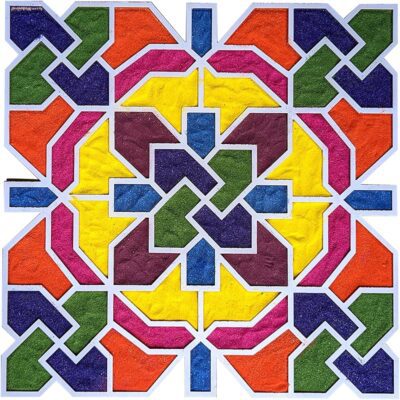
4. Rangoli Designs With Diyas
Rangoli designs with diyas combine colorful patterns and strategically placed diyas to create a visually stunning and auspicious display. The design typically features intricate patterns such as floral motifs, geometric shapes, or traditional symbols drawn on a clean surface using colored powders, rice flour, or flower petals.
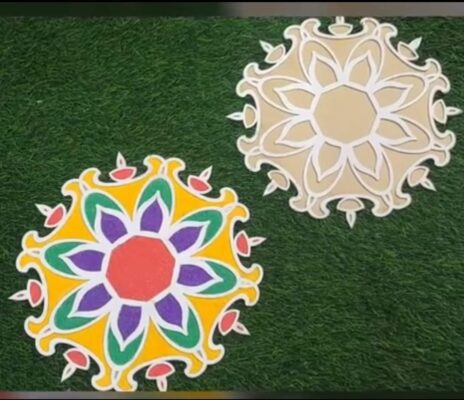
5. Rangoli Designs With Themes
Each themed rangoli design is meticulously crafted, using colored powders, rice flour, flower petals, or other materials on a clean surface. They not only beautify the surroundings but also carry deeper meanings, symbolizing cultural heritage, spirituality, and the joy of celebration. These designs continue to evolve, blending tradition with innovation to captivate and inspire people of all ages and backgrounds.
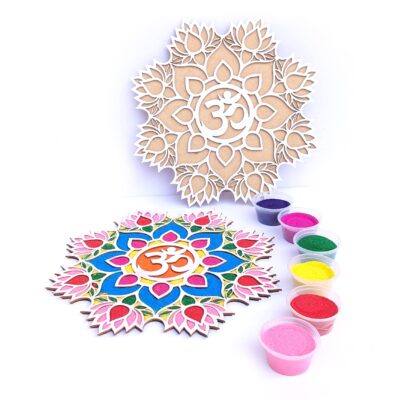
6. Rangoli Design With Flowers
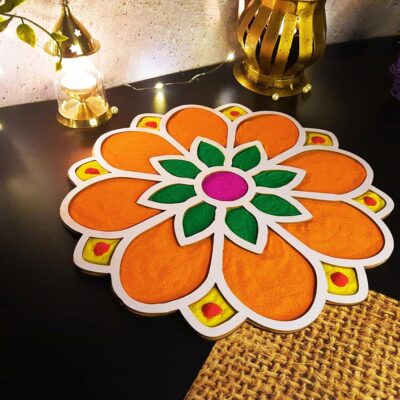
7. Lotus Rangoli Design
A lotus rangoli design typically begins with a clean and smooth surface, where intricate patterns resembling the petals of a lotus flower are meticulously created. The central motif often portrays the lotus in full bloom, with its delicate petals arranged in layers to form a symmetrical and mesmerizing pattern. The petals of the lotus are usually depicted in shades of pink, white, or purple, symbolizing purity, serenity, and spirituality.
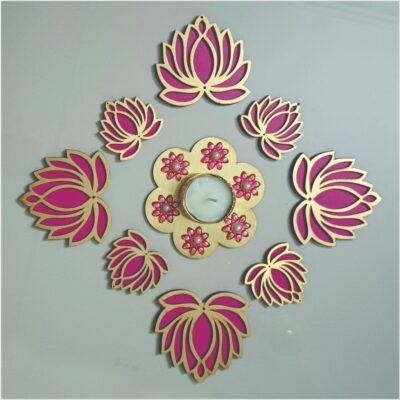
7. Lotus Rangoli Design
The lotus rangoli typically begins with a clean and flat surface, often at the entrance of homes or at spiritual gatherings.
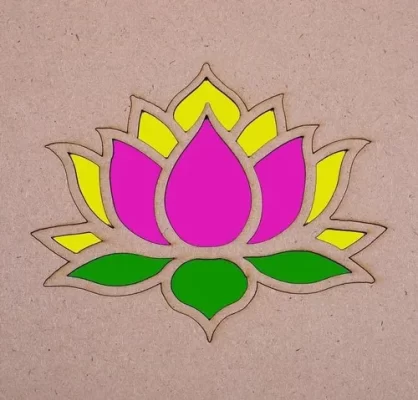
8. Simple Rangoli Design
Creating a simple rangoli design involves using minimalistic patterns and basic shapes to achieve an elegant and visually appealing artwork. Typically crafted during festivals and celebrations, a simple rangoli starts with a clean, flat surface. Artists often begin by outlining geometric shapes such as circles, squares, or triangles using white rangoli powder or chalk. Once the basic structure is laid out, vibrant colored powders or flower petals are delicately filled in to create patterns within these shapes. Common motifs include floral designs, dots, and straight lines radiating from the center.
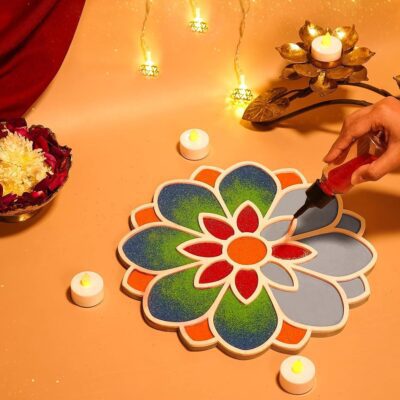
9. Easy Rangoli Magic With Stencil
Creating easy rangoli designs with stencils simplifies the intricate art of rangoli-making, making it accessible for both beginners and experienced enthusiasts. To begin, select a rangoli stencil featuring designs ranging from traditional motifs to contemporary patterns. Prepare a clean, flat surface, ideally at the entrance of your home or a designated area, ensuring it’s free of dust or debris. Secure the stencil firmly onto the surface using tape or weights to prevent it from shifting. Next, choose vibrant colored rangoli powder or finely ground rice flour mixed with natural colors.
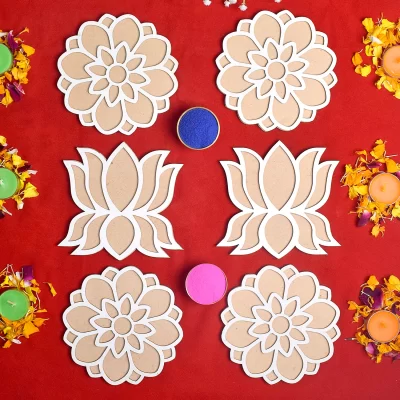
10. 3D Rangoli Designs
Creating 3D rangoli designs elevates the traditional art form by adding depth, perspective, and a sense of realism to the intricate patterns. Artists skilled in this technique begin with a clear vision and meticulous planning, often choosing a focal point or theme that lends itself well to three-dimensional effects. The surface where the rangoli will be created is meticulously cleaned and prepared to ensure a smooth canvas.
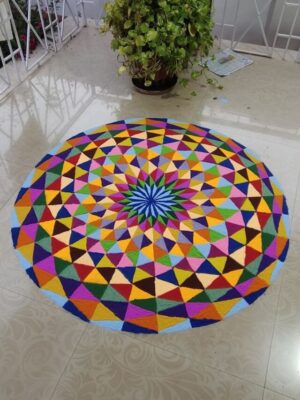
11. Rangoli With Rice, Pulses And Other Grains
Rangoli designs created with rice, pulses, and other grains offer a unique and earthy charm to this traditional Indian art form. Typically crafted during festivals, weddings, and other auspicious occasions, these rangolis showcase a blend of creativity and resourcefulness.
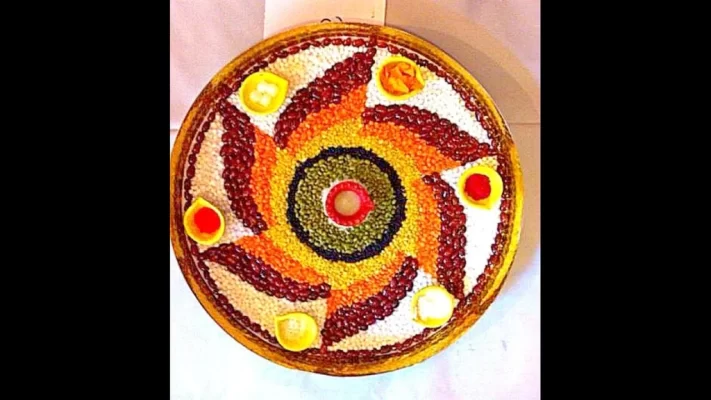
12. Corner Rangoli Designs
Creating corner rangoli designs begins with preparing a clean and flat surface in the desired corner. Artists often start with a basic outline using chalk or rangoli powder to define the boundaries of the design. Common motifs include geometric patterns, floral designs, peacocks, and traditional symbols like Swastik or Om.
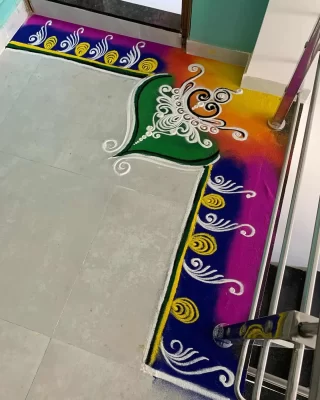
13. Ganesh Rangoli Art
Ganesh Rangoli art is a revered form of rangoli that pays homage to Lord Ganesha, the beloved deity known as the remover of obstacles and the harbinger of good fortune in Hindu culture. These rangoli designs are meticulously crafted during festivals, especially Ganesh Chaturthi, and other auspicious occasions to invoke blessings and prosperity.
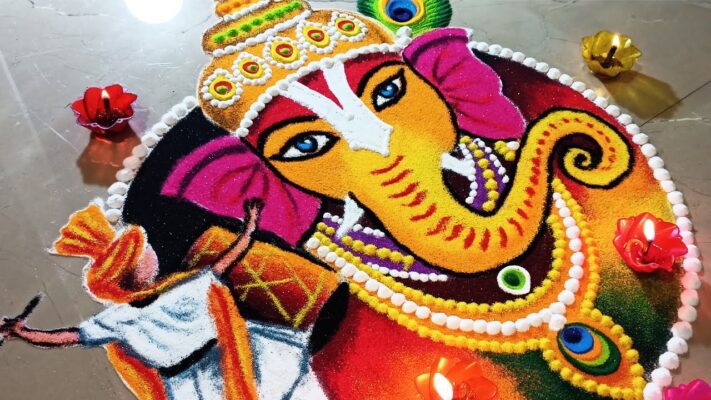
14. Border Rangoli Designs
Border rangoli designs are intricate patterns specifically crafted to adorn the periphery of larger rangoli designs or to outline the edges of spaces during festive occasions. These designs are known for their decorative appeal and the artistic skill required to create them. To begin creating a border rangoli design, a clean and smooth surface is prepared where the main rangoli or the border itself will be placed. Artists often start by outlining the border using chalk or rangoli powder, marking the boundaries within which the design will be contained.
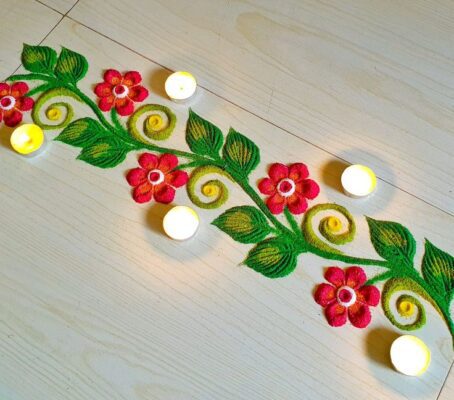
15. Round Rangoli Design
To begin, select a clean and flat surface where the round rangoli will be created, typically at the center of a room or courtyard. Artists often start by marking the center point and then use chalk or rangoli powder to draw a large circle as the outline of the design.
